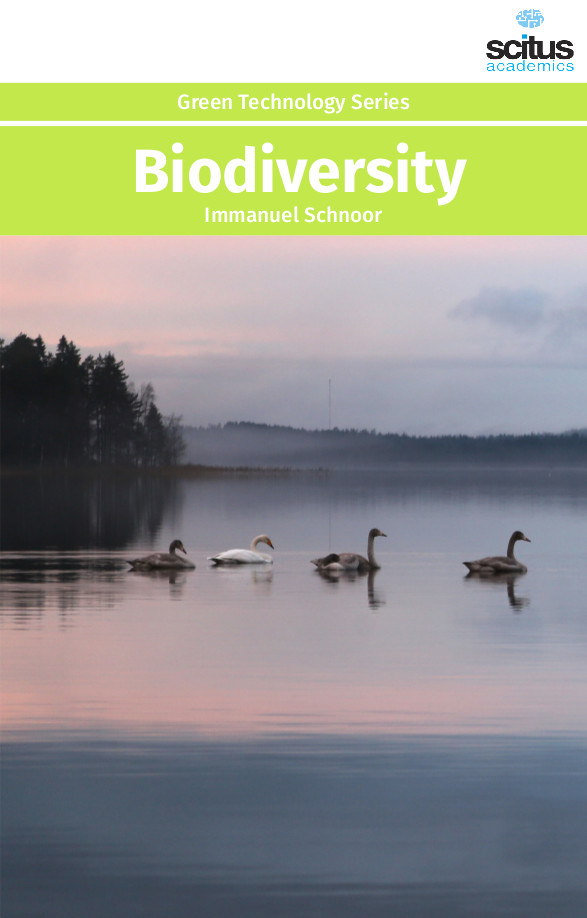Human life is inextricably linked to ecological services provided by other organisms. There are a large variety of different ecosystems on the Earth. Distinctive ecosystems include natural landscapes like forests, grasslands, deserts, mountains etc. as well as aquatic ecosystems like rivers, lakes and seas. Each of these also has man-modified areas such as farmlands, grazing lands, urban lands etc. Any ecosystem that is overused or misused loses its productivity and gets degraded. Soil formation, waste disposal, air and water purification, solar energy absorption, nutrient cycling and food production all depend on biodiversity. In many environments, high diversity may help biological communities to withstand environmental stress better and to recover more quickly than those with fewer species. This diversity of living creatures forms a support system which has been used by each civilization for its growth and development. The rich biodiversity has been instrumental in providing humanity with food security, health care and industrial goods that has led to high standard of living in the modern world. Ironically it has also produced the modern consumerist society which is adversely affecting the diversity of biological resources upon which it is based. The diversity of life on earth is so rich that if we use it sustainably we can go on developing new products for generations. Thus biodiversity is the total variety of life on our planet, the total number of races, varieties and species. The diversity of living organisms, the biodiversity, makes the world beautiful. Recognizing biodiversity is vital to sphere of wildlife. Also, the measure, management and protection of ecosystem biodiversity require different and innovative approaches. For all these reasons, the aim of the present book is to give an up-to-date overview of the studies on biodiversity at all levels, in order to better understand the dynamics and the mechanisms at the basis of the richness of life forms both in terrestrial (including agro-ecosystems) and marine environments.
This book ‘biodiversity’ will introduce different concepts and theories important to understand the links between ecosystem function and ecosystem biodiversity, providing a wide range of different studies showcasing the evidence and practical implications of such relationships. It sees biodiversity as management and utilization of resources in satisfying human needs in multi-sectional areas including agriculture, forestry, fisheries, wildlife and other exhaustible and inexhaustible resources.













